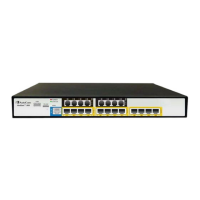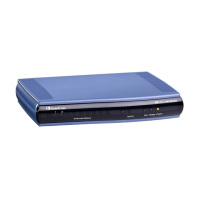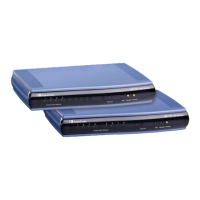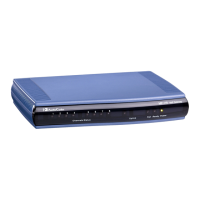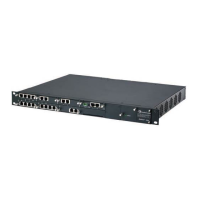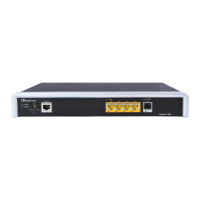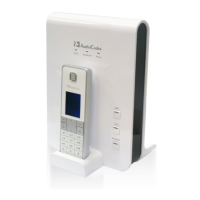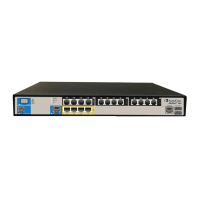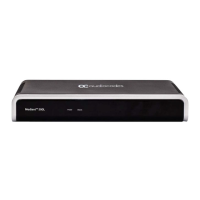User's Manual 852 Document #: LTRT-27045
Mediant 1000B Gateway & E-SBC
The CDR types and the SIP dialog stages are shown in the following figure:
Figure 54-5: Gateway CDR Report Types
Table 54-5: Default CDR Fields for Gateway Calls
CDR Field Description
(CDR Report
Type)
GWReportType
Report type:
"CALL_START": CDR sent upon an INVITE message.
"CALL_CONNECT": CDR sent upon a 200 OK response.
"CALL_END": CDR sent upon a BYE message.
-
CallTrigger
Reason for the call:
"Normal": regular call
"Refer": call transfer
"AltRoute": alternative routing
"Forward": call forward
"Reroute": When a broken connection on the outgoing
leg occurs, the call is rerouted to another destination
according to the IP-to-IP Routing table (where matching
characteristics includes the trigger for reroute).
All
MediaTrigger
Describes the media:
<blank>: regular Media Start and Media End.
"Fax": fax start / end / relay
"Latch": RTP IP relatch
"New": new media stream (e.g., when RTCP re-sync
event is received)
"Change": voice channel is re-opened/re-activated (e.g.,
re-INVITE during call)
All
Cid
Port number All
SessionId
SIP session identifier All
LegId
Unique ID number of the call leg within a specific call
session. A basic call consists of one leg and thus, only one
leg ID is generated for the session.
For each new call, the device assigns leg ID "1" to the first
leg. The device then increments the leg ID for subsequent
legs according to the leg sequence in the call session. For
example, the device generates leg ID "1" for the initial call. If
the call is then transferred, the device generates leg ID "2"
for the leg belonging to the call transfer target. Another
example is a call forking session where the leg ID sequence
All
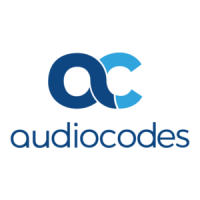
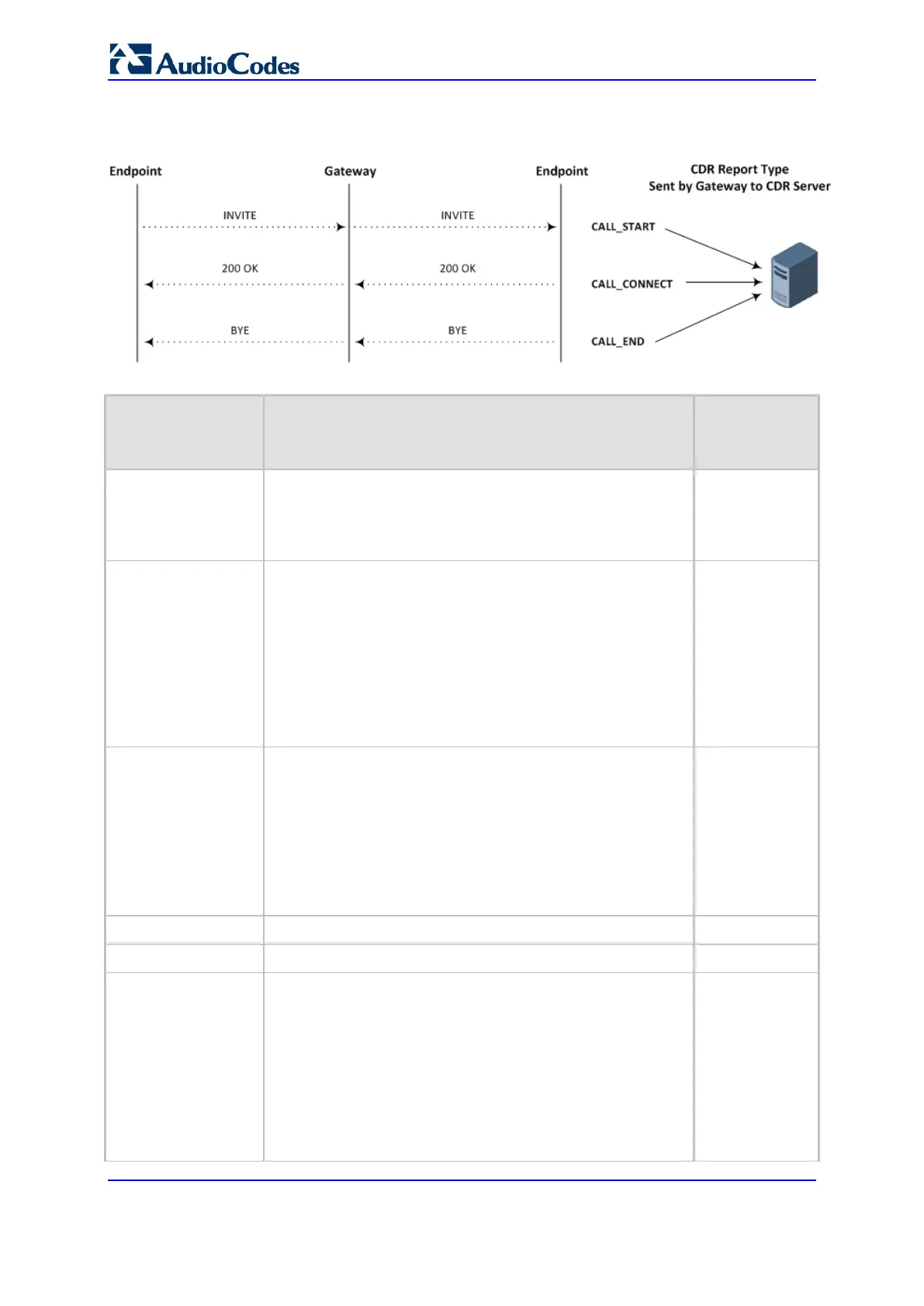